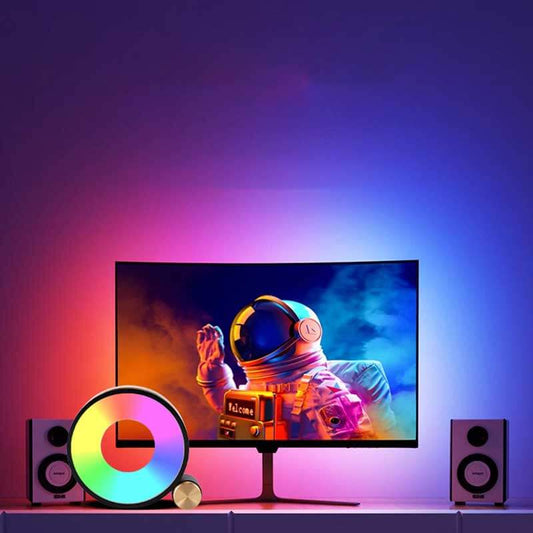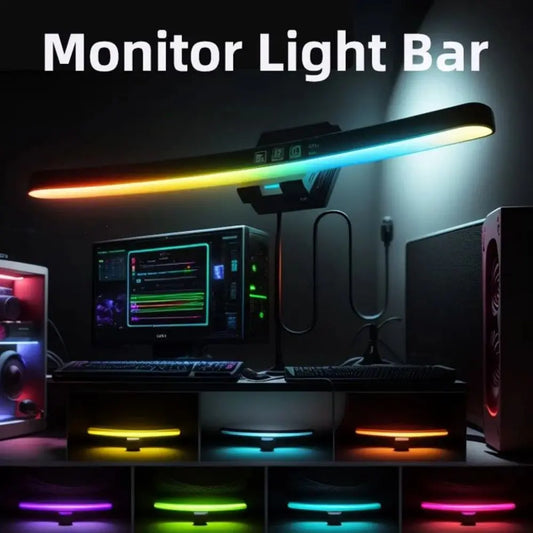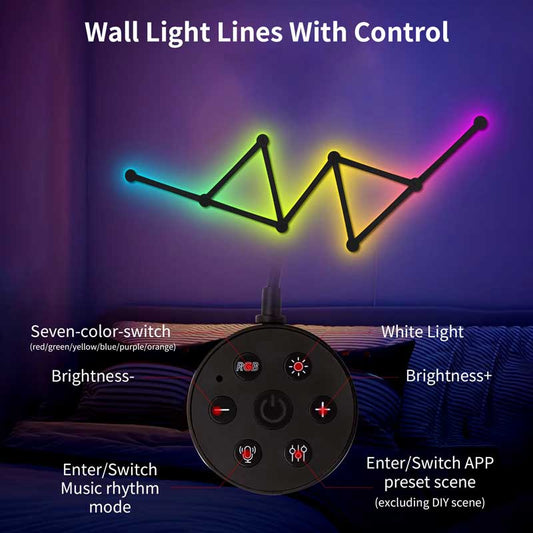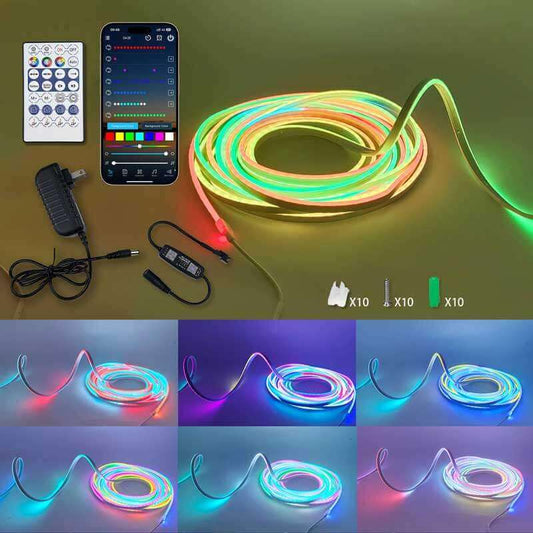Can the human eye tell the difference between 1080p and 4K?
Partager
The answer depends on a few key factors, such as screen size, viewing distance, and the individual's visual acuity. Let’s break down the science and practical considerations to understand when and why the human eye can or cannot perceive the difference between 1080p (Full HD) and 4K resolution.
1. Screen Size
The size of the display plays a significant role in determining whether the difference between 1080p and 4K is noticeable.
-
Smaller Screens (Under 40 inches): On smaller screens, such as a 32-inch or 40-inch TV, the difference between 1080p and 4K is much less noticeable. The pixels on these smaller screens are already small enough that your eye doesn’t need the additional resolution to perceive a clear image.
-
Larger Screens (Over 50 inches): On larger screens, the difference between 1080p and 4K becomes more noticeable. With a larger screen, individual pixels are larger and more noticeable from a regular viewing distance. A 4K TV (which has 4 times as many pixels as a 1080p TV) can display finer details, sharper textures, and more vibrant images, especially in content that is optimized for 4K.
-
Ultra-Large Screens (Over 70 inches): When you go for very large displays, such as 75 inches or more, the difference in resolution between 1080p and 4K is more noticeable, even from a distance. On such large screens, 4K makes a significant improvement in clarity, sharpness, and detail.
2. Viewing Distance
The distance from which you watch the screen also influences how noticeable the difference between 1080p and 4K is.
-
Close Viewing Distance: If you're sitting closer to the screen, especially on larger displays, the individual pixels become more apparent on a 1080p screen. At this closer distance, 4K provides a clearer, sharper image as your eyes are able to discern the extra pixel detail. For instance, if you sit 2-3 feet away from a 55-inch 4K TV, the difference is much more noticeable compared to sitting farther away.
-
Farther Viewing Distance: If you’re sitting farther away from the screen (for example, at 6 feet or more), your eyes may not be able to discern the extra pixel density, even on large screens. The 4K difference will become less noticeable as the image appears more “blended” at a greater distance. At these distances, the difference between 1080p and 4K could be minimal or even imperceptible to many viewers.
3. Visual Acuity and Age
Not everyone has the same level of vision, and an individual’s visual acuity can affect their ability to perceive the difference between 1080p and 4K.
-
Younger Eyes vs. Older Eyes: Younger people (with better visual acuity) tend to notice more detail in 4K resolution compared to older individuals, whose vision may not be as sharp, especially at smaller pixel levels. In some cases, older individuals might not notice a significant difference between 1080p and 4K, especially at typical viewing distances.
-
Eye Sensitivity: Individuals with very sharp vision may notice the difference between 1080p and 4K even at more typical distances or smaller screens. Others with less sensitive eyesight may not perceive a substantial difference at all.
4. Content Quality
The difference between 1080p and 4K becomes even more apparent when you watch content that is optimized for 4K. Movies, games, and streaming services like Netflix, Amazon Prime Video, and YouTube offer 4K content with extra detail, higher dynamic range (HDR), and vibrant colors. The improvement in sharpness, clarity, and texture can be quite striking.
-
Upscaled Content: On a 4K TV, 1080p content can be upscaled, but it won't be as detailed or sharp as native 4K content. 4K TVs are often capable of improving the image, but they can’t create the same level of detail and sharpness as true 4K sources.
-
Gaming: For gamers, the jump from 1080p to 4K can be significant, especially on high-end gaming monitors or large TVs. The visual improvement in texture detail, smoothness, and overall clarity can enhance the gaming experience.
5. Screen Technology and Processing
Another factor is the technology behind the screen. 4K TVs tend to have better processing power, which improves the overall picture quality, even with 1080p content. Advanced technologies such as HDR, local dimming, and higher refresh rates are more common in 4K TVs, which can make the image feel sharper and more vibrant, even if you're watching 1080p content.
- On the other hand, some 1080p TVs may have older technologies or lower processing power, making them appear less sharp or clear in comparison to modern 4K sets.
Summary: When Can You Tell the Difference?
- Small Screens (< 40 inches): The difference between 1080p and 4K is often not noticeable, unless you're sitting very close to the screen.
- Medium Screens (40 to 55 inches): On 55-inch screens, you might start noticing the difference if you're sitting closer than 5 feet, but it may still be subtle.
- Large Screens (> 55 inches): On larger screens, particularly 65-inch and above, 4K is noticeably sharper and more detailed when sitting closer to the screen.
- Viewing Distance: The closer you sit, the more likely you are to notice the difference. If you're sitting 6 feet or more away from the screen, the difference may become harder to perceive, especially on 1080p TVs.
- Content Type: Native 4K content makes the most noticeable difference. Upscaled 1080p content won’t show the same level of improvement on a 4K TV.
Conclusion
The human eye can indeed tell the difference between 1080p and 4K, but the extent to which you can perceive it depends largely on the screen size, viewing distance, and content quality. The larger the screen and the closer you sit, the more likely you are to notice the improvement. For most viewers, 4K is most noticeable on larger TVs or projectors, particularly when watching 4K-optimized content. If you’re watching on a smaller screen or sitting at a distance where your eye can’t discern the extra pixels, the difference might not be as pronounced.




